Alan Yau: Restaurateur
By Something CuratedEverything you need to know on the mastermind behind Wagamama, Busaba Eathai, Hakkasan, Park Chinois and other global food establishments that have set business and design trends in the restaurant industry.
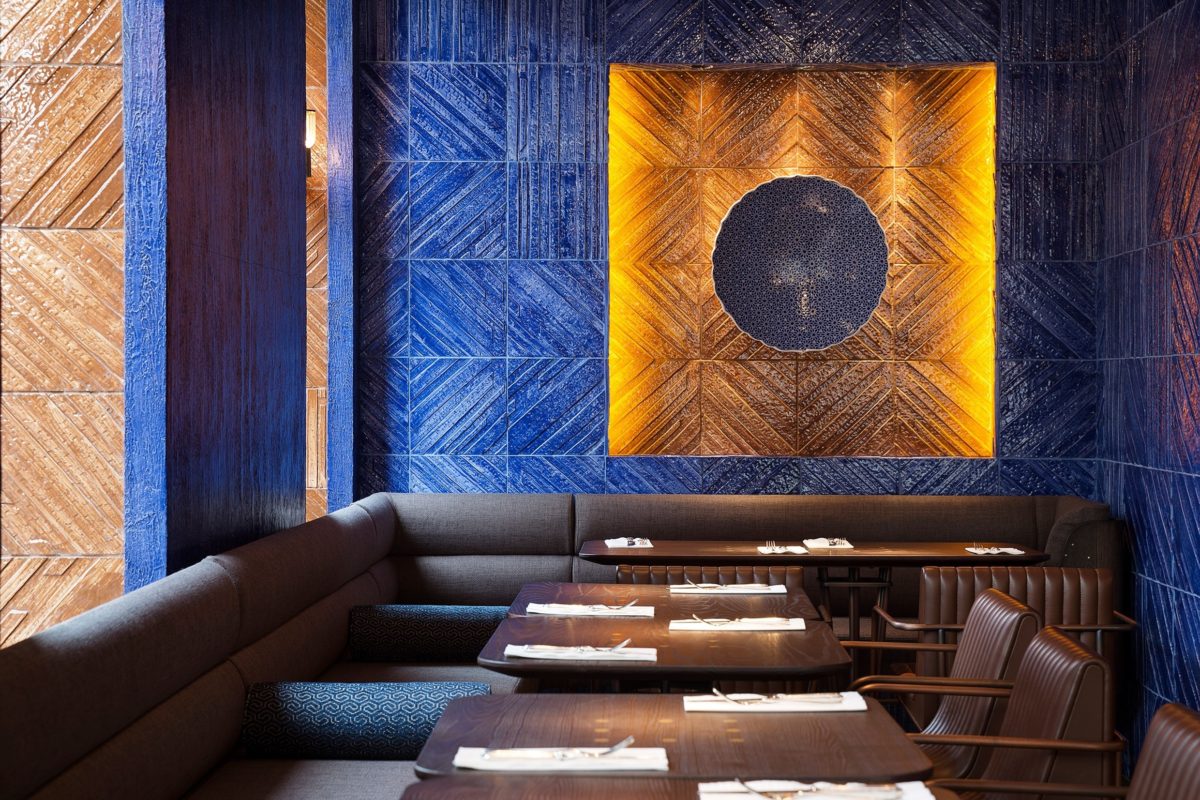
Alan Yau is perhaps one of the icons of the international restaurant industry. As the leading force behind the now-ubiquitous, 90s-born Thai chains Wagamama and Busaba Eathai, fewer seem to know his name than should. But Yau, never one to make a show of himself for the sake publicity, is quietly dominating the scene: from Dubai to Dublin, Amsterdam to Australia, his projects and his legacy span many cultures and continents. And while he’s everywhere all at the same time, setting the standards for chains and independent eateries alike, Yau arguably challenges and breaks as many standards as he sets. His CV is something of a timeline for the elevation of Asian food and restaurants up into the realms of the cool and the fashionable. His ultra-sleek Hakkasan in Soho was the first Chinese restaurant in the UK to receive a Michelin star. Yauatcha soon followed. He served as consultant for the Japanese Eatery Sake No Hana in Mayfair, designed by Japanese architect Kengo Kuma and cheffed by Yoshihiro Murata’s protege, Daisuke Hayashi, has also earned its stripes in that arena. His newest project, the French Rococo-inspired Park Chinois, similarly keeps things close by sourcing Parisian architect incorporates live music and even a particular dance move – the Yan-minted “Swing Haiku” into the dining experience.
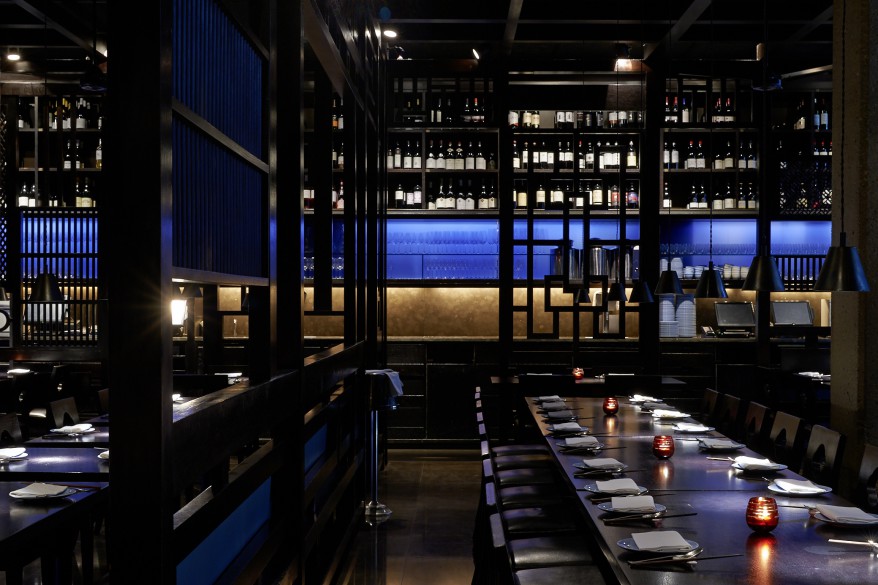
Yau’s biggest achievement could simply, and without much exaggeration, be chalked up as the expansion of Asian “fast” food into everyday urban life and culture in Britain. In less grandiose terms: he raised noodles to the throne of the Foodie Cool. Wagamama, which opened its doors in Bloomsbury in 1992, was founded with the intent to bring non-Western quick eats into the UK market through the notion of communal dining. Wagamama set the stage for the emergence of noodles onto the fast food scene, a groundbreaking innovation that has since become so standardised that it’s almost impossible to imagine a world without our Itsus, our Wasabis and of course, our Busaba Eathais. He saw an unoccupied niche in the food industry and he bit down: but even Yau had no clue how far that window would go.
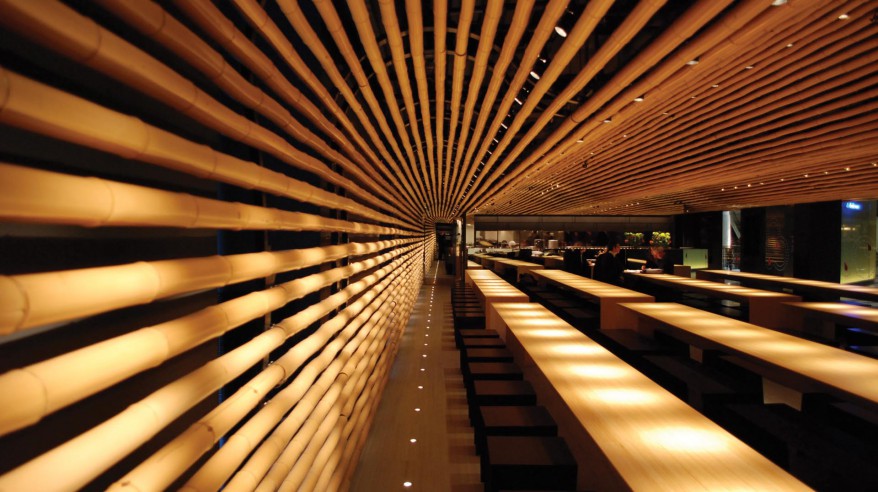
But he didn’t stop there. In addition to introducing the cuisine, Yau used his training as a post-graduate McDonalds franchisee to really dig deep into ideas of accessibility and consistent delivery of expectations. The nature and scale of those expectations vary widely – from a reliable budget thai chain, to a hip noodle bar in Soho that’s decked out in curved Bamboo sculpture design, to constructing the fantastical and the opulence of Park Chinois which is ten kinds of extravagant – Yau’s endeavours, nearly too many to count, never disappoint. They also transcend a singular price tag and demographic. Yau is perennially ahead of the curve he shapes across art and design, dipping into many disciplines to pool resources for his own projects. With both Babaji and Duck & Rice, for instance, Yau collaborated with the Turkish design studio Autoban, who has a previous track record with Hermes as well as with local restaurants in the Turkish capital, whereas the intensely immersive Park Chinois could not have come to fruition without the work of Garcia, who flawlessly strung together 18th century French high society with a David Lynch-esque twist. Somehow, in this surreal and opulent environ, the non-sequitur of a multiple-course Chinese meal is made a more digestible concept to a cuisine traditionally associated in British books with generous portions of cheap, quick-n-easy takeout.
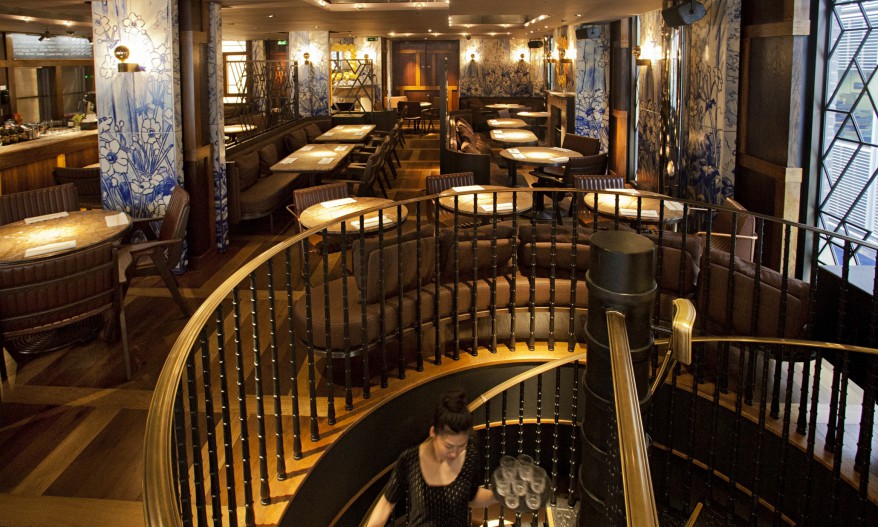
Soho-based The Duck and Rice is a two-floor affair complete with a winding brass staircase, copper beer tanks, and an upstairs dining room serving up Chinese dishes. The blue-and-white porcelain effect floral wallpaper is a soft nod to the Chinese pottery tradition.
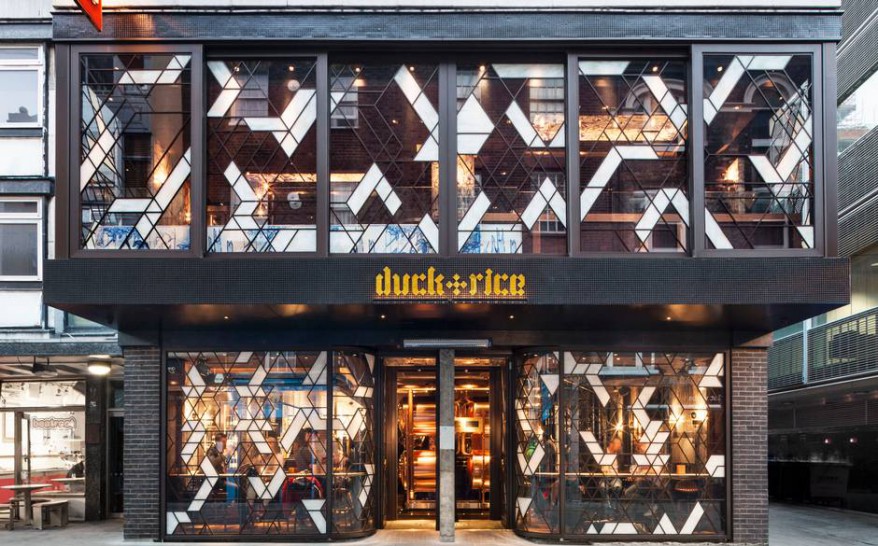
Yau carved out a niche in the restaurant industry through his cross-cultural finesse and his ability to think fast on his feet. Born in Hong Kong, he credits his success in part to an early exposure to this cross-cultural melting pot. But Yau’s daring business maneuvers, his intense excitability and imagination, plus his interest in the London-China dynamic stem from a childhood characterized by Sino-Euro back-and-forth. When Yau was 12 his family relocated to the rural King’s Lynn in Norfolk. Knowing zero English at the time, he had to scrounge fast to pick up the language and culture; Yau also had his first modest exposure to the restaurant scene when his father opened up a Chinese takeaway that Yau helped to manage in his early teens. This ingenuity extended into his career, manifesting as a keen ability to fuse both Chinese and British dining atmospheres, preferences, and palettes. The Duck and Rice pictured above melds English pub but with a Chinese kitchen, while Park Chinois, set to open in Spring 2016, was inspired by the “dinner and dancing” 1920s nightlife narrative. Many in the industry have criticized Yau for his early infatuation with minimalism. But over time, Yau has hung up his minimalist books and allowed his interests and interior narrative to unfurl, becoming more ornate and extravagant.
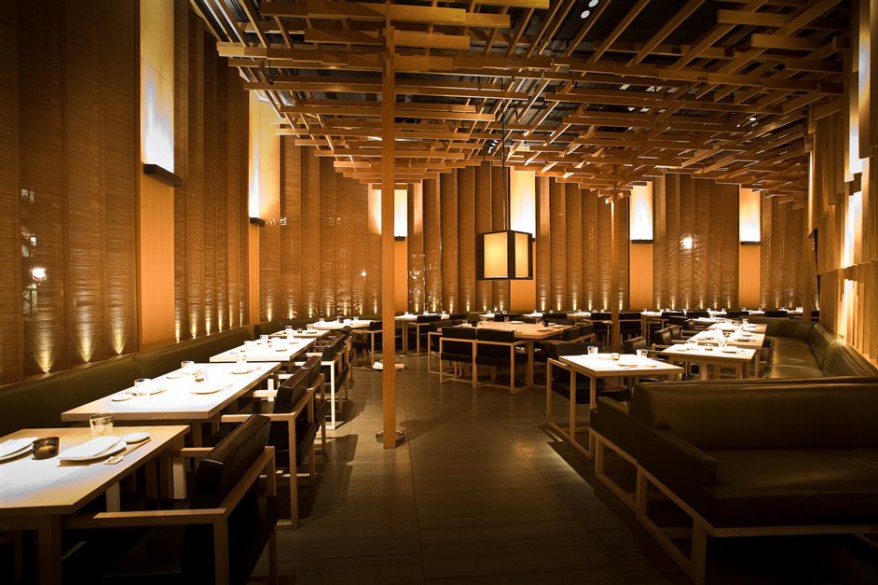
Yau’s influence is so vast it is mind boggling to chalk up his list of accomplishments to just one actor, particularly one who is at the top of his game and has many, many years and projects ahead of him. But Yau is hardly a lone wolf: a proven trend in the interwoven social circles of the world’s leading creatives. From Nick Knight to Ian Schrager, collaborations run deep, and the ensemble one works with is almost as telling and as influential as the actual projects themselves. From Autoban to Jacques Garcia to Christian Liagre, Yau just about has that base covered (Before Park Chinois opened its doors in London, it was originally planned to open in Ian Schrager’s Gramercy Park hotel in New York). Working with an international posse of much reputed and followed icons of the hospitality industry, as well as inviting on board lesser known but emerging forces in the field has spread Yau’s vision across the world, with chains and unique restaurants opening up in Monaco, Miami, Turkey, Shanghai, Mumbai and Moscow, and others. Yau has clearly come a long way from his McDonalds days and we can’t wait to see where he goes next and who’s with him.
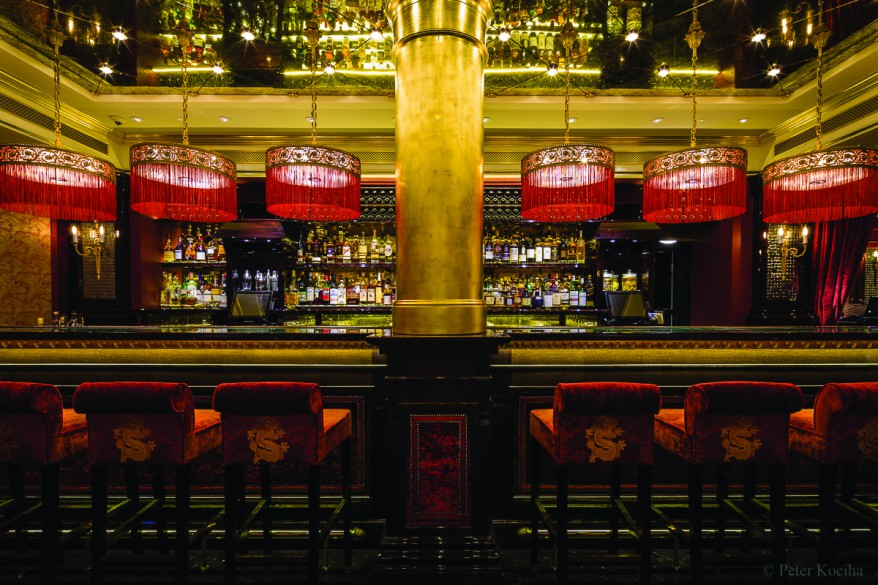
On Park Chinois, Atmosphere and Emotional Architecture:
“Park Chinois is not about a singularity of materials; it’s about the palette of materials in terms of what they create in terms of feeling and an idea — richness of colour, abundance. I’m really interested in emotional architecture and how you can artificially manipulate a space to get a desired outcome.”
On Classic Design Style
“The most important thing is that it’s an old-school idea. Grace, charm, elegance. Not ostentation, fashion, sexiness. Old-school values deserve a renaissance.” (FT.com)